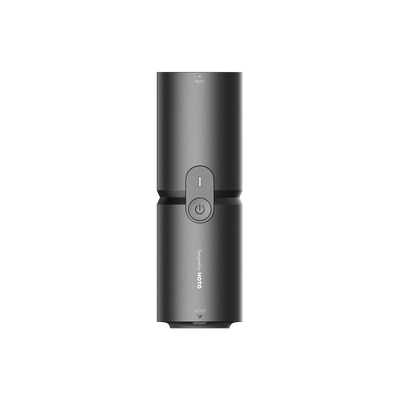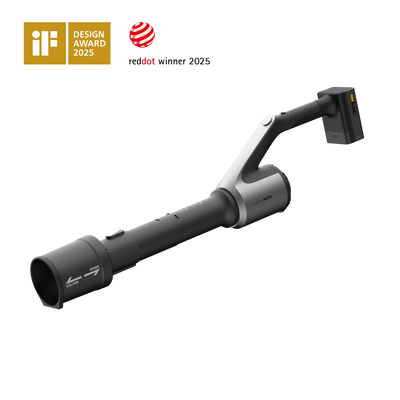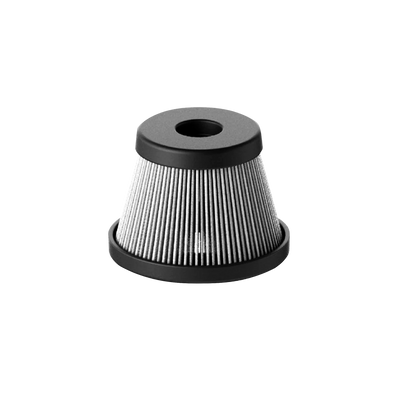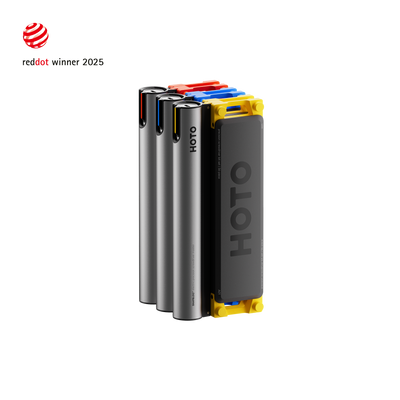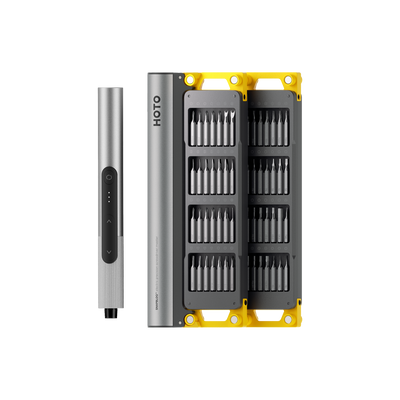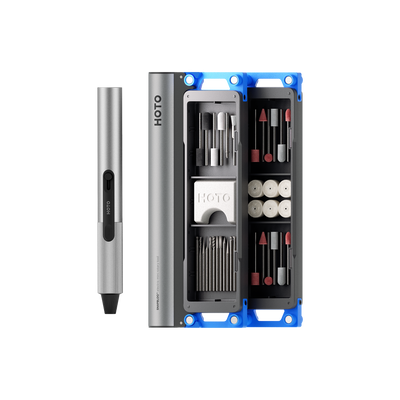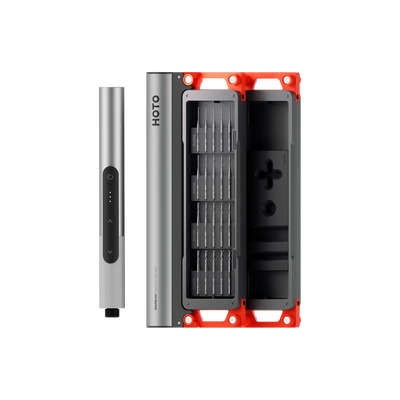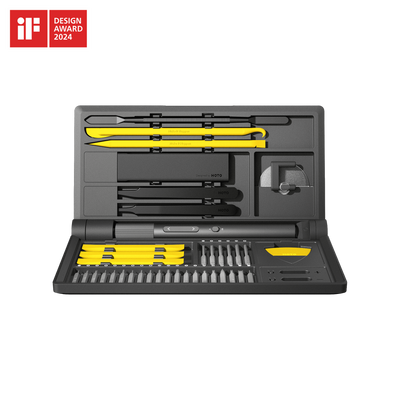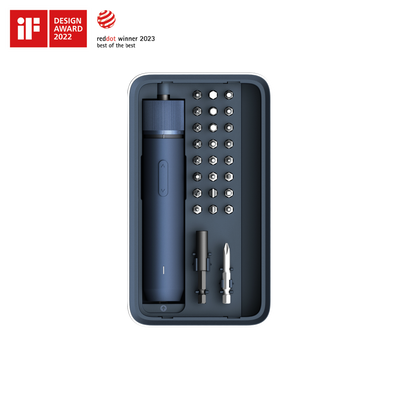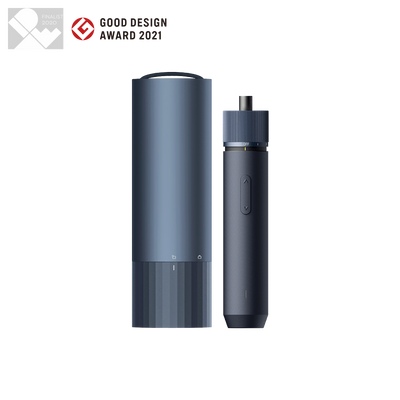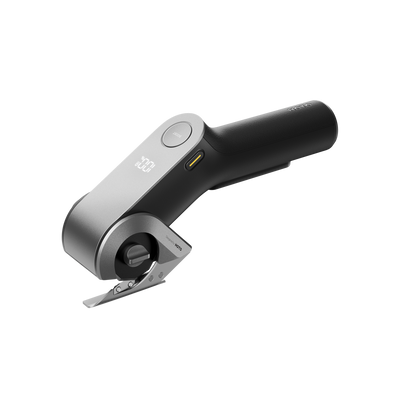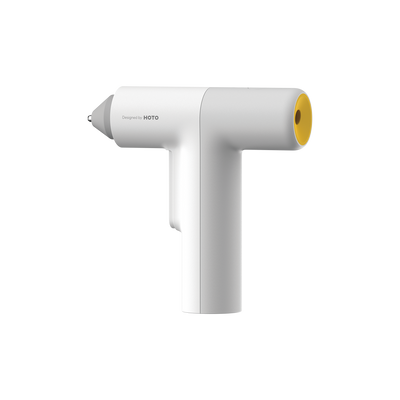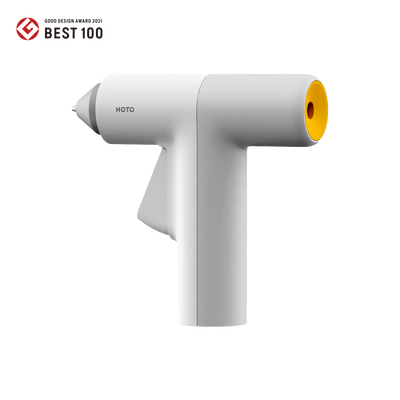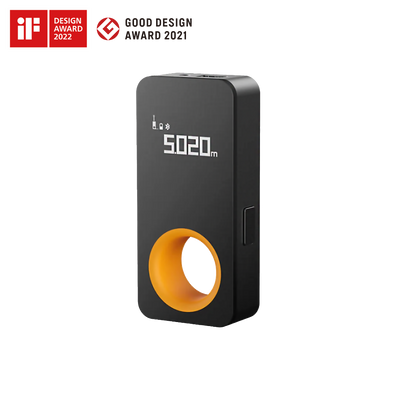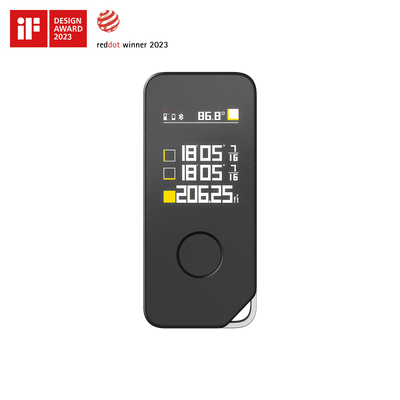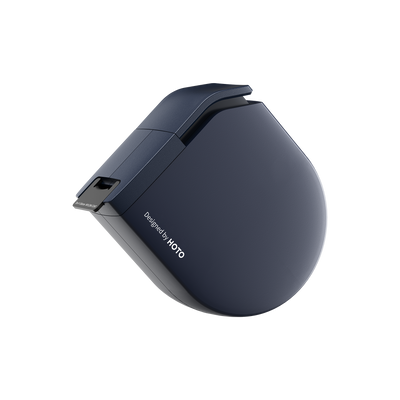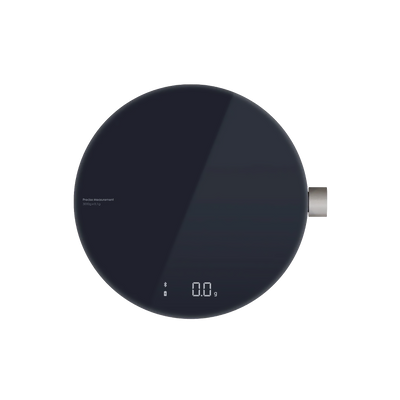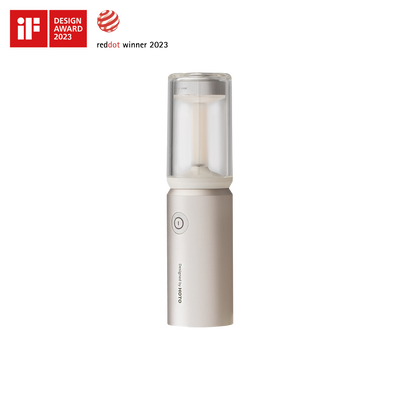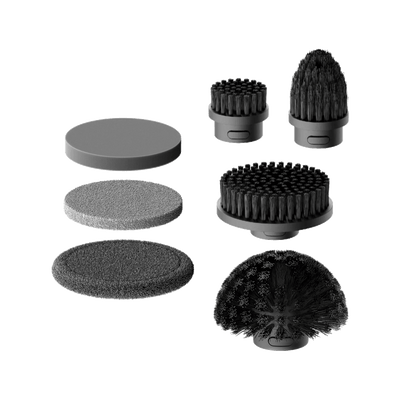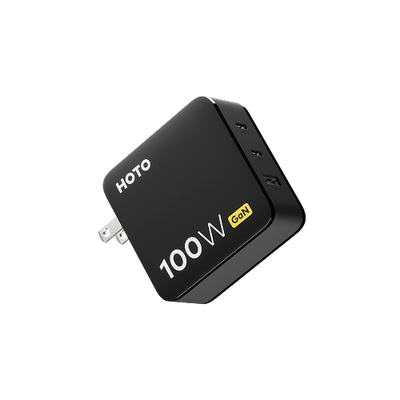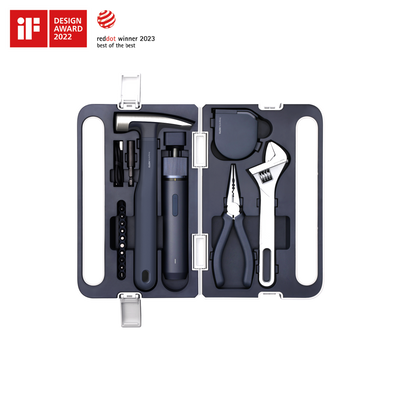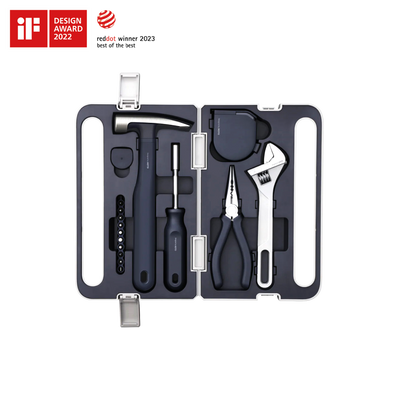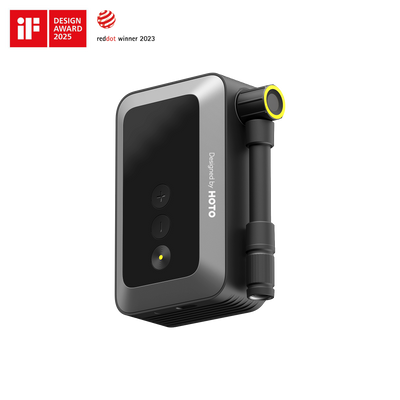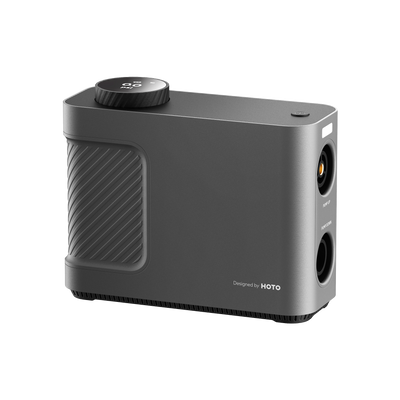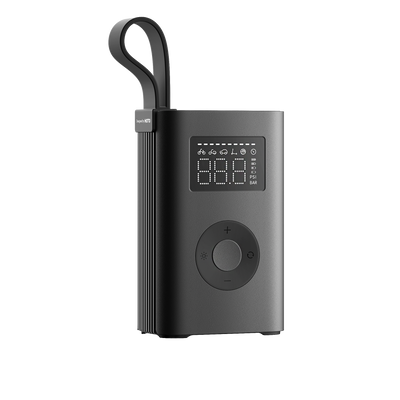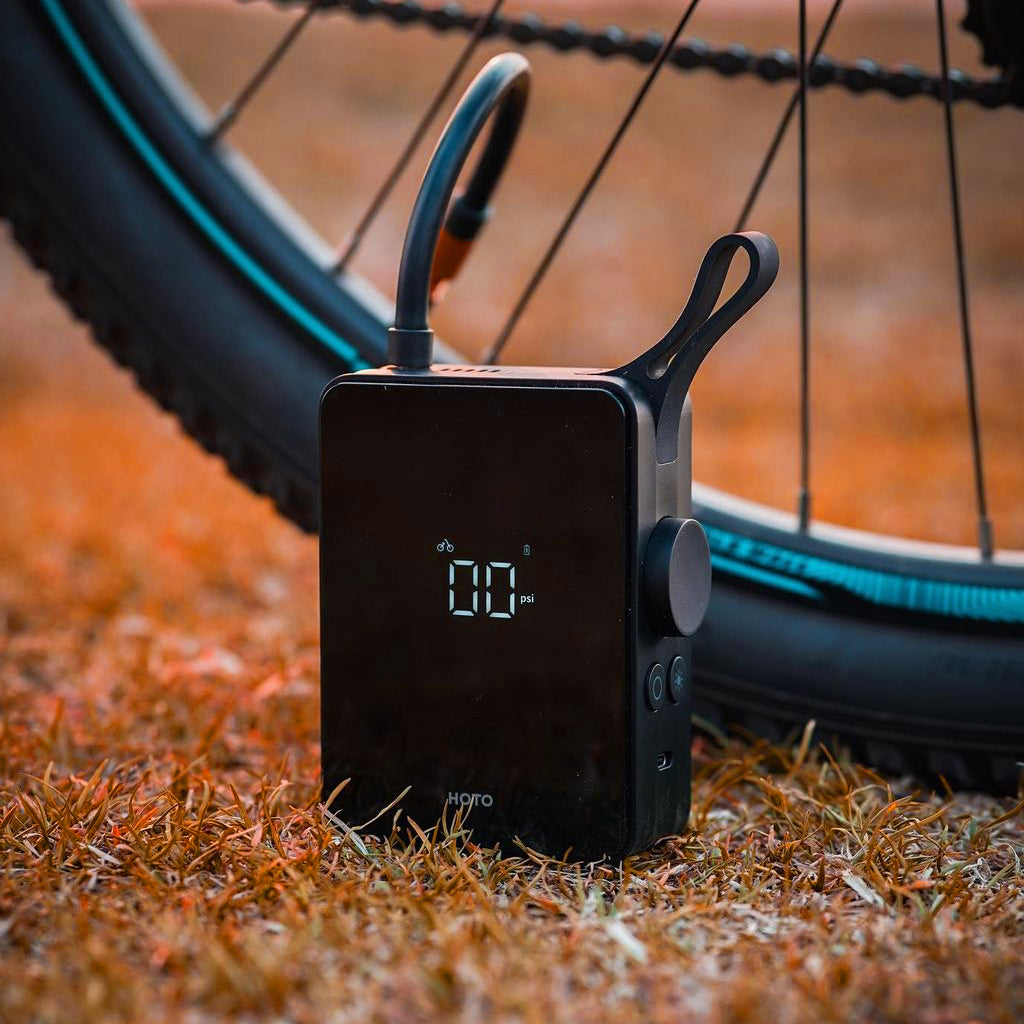
How to Pump a Bike Tire - 101 Guide to Use Portable Tire Inflator for Bikes
Hey there, fellow cyclist! It's super important to know how to inflate your bike's tires correctly to make the most out of your ride. Under-inflated tires can cause you to slow down, lose grip, or even get a puncture on your journey.
In this article, we'll give you a friendly, step-by-step guide on how to inflate your tires. We'll also cover different valve types, pump options, and the recommended tire pressure to ensure you have the best possible experience. So, let's dive right in!
How to pump up a bike tire
1. Finding the suitable air pump
To begin, identify the type of valve you have and ensure that the pump you plan to use is compatible with it. Most pumps can accommodate either a Schrader or Presta valve, and some can handle both types.
If your valve has a plastic dust cap, be sure to remove it before you start pumping. If it doesn't have one, simply get ready to pump! However, it's important to purchase a cap to protect your valve from damage during rides, as this can affect the valve's functionality in the long term.
2. Prepare the valve (know your valve)

If your bike has a Schrader valve, you can skip this step.
When working with a Presta valve, it is important to be careful not to bend the core. After removing the dust cap, you will see another threaded lockring that needs to be unscrewed before inflating or deflating your tire. Gently unscrew the thread and you'll be good to go!
3. Attach the pump to the valve

When attaching the pump head to a Presta valve, it is always a good idea to check whether the Presta valve head adapter is installed. Be careful not to push too hard, as it could damage the valve.
Pump heads come in different designs. Some require you to flick a lever to lock the pump in position. For the HOTO Air Pump, you need to screw it on tightly to attach the head to the valve.
If your tire is flat, it can be difficult to fit the pump head as the tire no longer has any pressure. To properly lock the pump head, try holding the valve and screwing it on.
Once the pump head is locked onto the valve, the connection should be airtight. It is normal to initially hear a little air escaping when attaching or detaching the pump.
4. Pump the tire

If you're unsure about how much pressure you need to pump your bike, you can use the preset modes. However, we strongly recommend that you check your bike's optimal pressure requirements, as every bike is different. The air pressure in your bike's tires can greatly influence your riding experience, especially for road bikes.
Once you know the required pressure, set it and press the knob button again to start. Then, let the device do the pumping for you, saving your energy for your ride.
If the tire does not inflate, first check that the head is attached tightly and correctly.
If the tire still does not inflate, even after pumping air into it, or if it loses air quickly, the inner tube inside may be punctured.
5. Detaching the air pump

Unscrew to remove the pump head from the valve.
There are other pumps where the pump head has a locking mechanism, you’ll first need to flick the lever back to the open position and then remove the pump quickly. You may hear a hissing noise, but don’t worry – this is just the pressured air escaping from the pump rather than the valve.
6. Put the cap back on the valve

To close a Presta valve, screw the threaded cap clockwise and then reinstall the dust cap. For a Schrader valve, simply replace the dust cap.
What kinds of valves are there anyways, and adaptors?

Before pumping up your tire, you’ll need to know what valves your bike has, and which adaptor you need to use.
If your pump isn’t compatible with your valve, perhaps you can think about buying a HOTO Air Pump that can pump into all the valves mentioned above:
- Presta valve - Install Presta adaptor to default air pipe head
- Dunlop valve - Install Presta adaptor to default air pipe head
- Schrader valve - Use default air pipe head directly (default Schrader Head)
Presta valve

A Presta valve is a type of valve specific to bicycles and is found on the vast majority of high-end bikes. It is much thinner than a Schrader valve and has an improved seal with a nut that holds the valve airtight shut, preventing air from escaping.
Schrader valve

Schrader valves were once quite common until Presta valves surpassed them in popularity due to their advantages. However, Schrader valves are still often found on older and many entry-level bikes. They are also commonly used on car tires.
Dunlop/Woods valve

Dunlop/Woods valves are rare, but still around. Andrew Williams, HOTO
The Woods valve, originally known as Dunlop valve, was common on Dutch-style bicycles. However, it is now rarely manufactured. It uses the same valve core as a Presta valve and has a locking nut to ensure airtight sealing.
What pressure (PSI) should my bike tires be?

Different tire pressures can greatly affect your riding experience, especially on road bikes.
Inflating your tires to their maximum pressure is not ideal. This can cause vibrations and shocks from the road or trail to be transferred to your hands, potentially damaging your wrists. Additionally, you waste energy because the tire is too hard to adapt to road conditions, particularly when you encounter rocks, roots, or other imperfections on the road.
Conversely, if the tire pressure is too low, it will require more effort to maintain speed and the tire will squirm under you as you ride. Additionally, there is a higher risk of getting a flat tire.
As a general rule, your tire should be pumped to an optimal pressure based on your weight and the tire size. The tire manufacturer provides a default tire pressure indication on the side stating maximum pressure. However, it is important to always read the manufacturer's indications and refer to a tire pressure data table for optimal riding experience based on your weight and tire size:

Active Tire Pressure Data Table. Support Centre, Specialized
Optimizing your tire pressures can be a process of trial and error, but we recommend it because it's a free upgrade that can make a huge difference to your ride when done right.
What type of pump do I need?
We recommend owning two bike pumps: an all-around air pump for its efficiency, and a secondary mini air pump to carry in case you need to pump your tire when you are out on a ride.
When purchasing a pump, it is important to ensure that it is compatible with the valve type on your bike. Ideally, it should work with both Presta and Schrader valves. There are several types of pumps available on the market:
Track pump

A track pump, also known as a floor pump, is the most traditional type of air pump. It features a long, flexible hose, a large chamber for quick air transfer, and a base to step on. A higher-end track pump will include a pressure gauge, allowing you to inflate your tire to the correct pressure. If you prefer a traditional and physical pumping experience and have extra energy to pump tires, go with a classic track pump, just like the old days.
Mini pump

Mini pumps are designed for carrying on rides in case you need to pump your tires. They are easy to carry and can fit in a pocket or on your bike frame.
Using a mini pump with a hose can make things easier and drastically reduce the risk of damaging the valve.
CO2 inflator

Another solution for emergencies during a ride is to pump with CO2 inflators. These uses compressed carbon dioxide in a small cartridge to quickly inflate or top up a tire.
Although these small CO2 pumps are great for emergencies, they have some limitations. Like mini pumps, they don't provide a tire pressure reading. Additionally, tires inflated with CO2 can wear off overnight and go soft or flat.
We still recommend carrying a good pump with you on rides, so you can inflate your tires to your preferred pressure while you're out there.
Electric Portable Air Pump
When it comes to the features and advantages of a pump, most riders nowadays opt for an electric portable air pump due to advancements in technology. These pumps are not only compact and small, but they also efficiently pump tires with precision pressure reading and can pump the tire to the desired pressure without wasting extra energy like traditional pumps.
The only downside to these electric portable air pumps is that they need to be recharged. However, they can inflate up to 10 flat bike tires before running out of battery. Therefore, the electric portable air pump is definitely the winner when it comes to tire inflation.
How does the HOTO Air Pump work?

HOTO Air Pump reads and pumps air pressure range from 1~150PSI. Andrew Williams, HOTO
The HOTO Air Pump is designed to simplify and automate pumping for you. To use it, simply set your desired tire pressure, attach the pump to your tire's valve, press the button, and it will automatically pump your tire to the desired air pressure within minutes. It's that simple.
If you have Presta valves, you will need the Presta valve adaptor. Screw the adaptor onto the air hose, which is equipped with a Schrader head by default, and repeat the above steps for a perfectly inflated tire.
For the best riding experience, calculate your optimal pressure based on your tire size and weight, and ensure you have the correct pump head for your tire's valve.
The pump head comes with a Schrader valve by default and is attached to a hose.
The box includes a Presta valve head adapter, a needle head attachment for inflating balls, and a generic air pump adapter for other inflation purposes.
As previously mentioned, the pump has a built-in pressure gauge and an LED light to help locate the valve in darker areas or during nighttime.
How often should I pump up my tires?

Check your tire pressure before every ride. Yeah, for your safety, optimal experience, and to be reminded how fantastic electric air pumps are for the versatility and efficiency.
Even if you are not riding your bike, ensure it is not deflated over time, or the inner tube would be wasted. So again, you probably check an unused bike’s tire every month to make sure that doesnt happen.
Why HOTO Air Pump?
There are nearly a hundred thousands of riders out there using HOTO Air Pump. To be frank with you here, this is the most commonly heard factors of what the riders think of HOTO:
- Pressure reader is very accurate (as precise as to 1 PSI reading)
- Love the turning-knob button, easy and accurate pressure setting selection
- Love the compact and aesthetic design
While some of the cons are:
- The glossy display sometimes gets roughed-up
- Need to switch on the device before using the LED lighting

So if you have got yourself an electric air pump yet, HOTO Air Pump would be a great option if you care for the look & design, versatility, and includes different adaptor heads for other inflation purposes.
Be sure to checkout more about the HOTO Air Pump by clicking here if you want 🙂
Catch up with you guys later in the next article!




